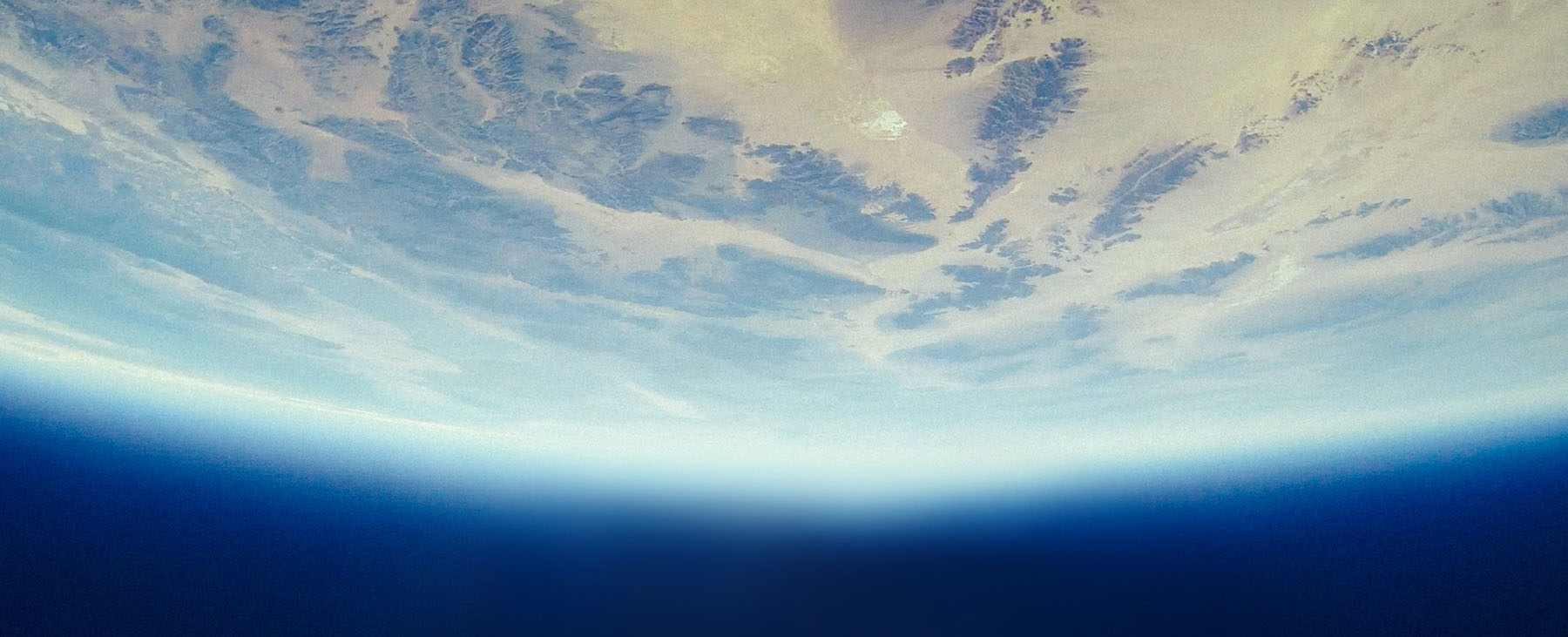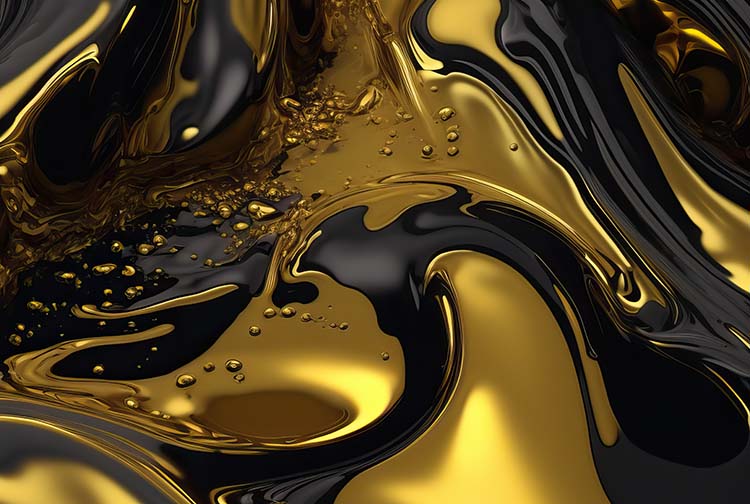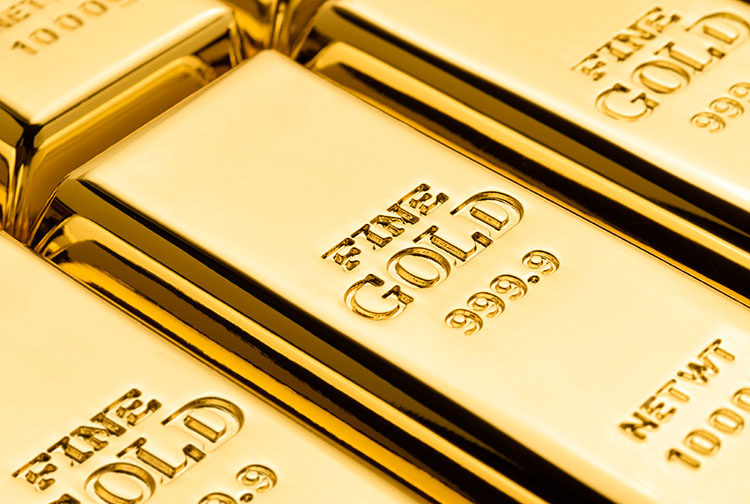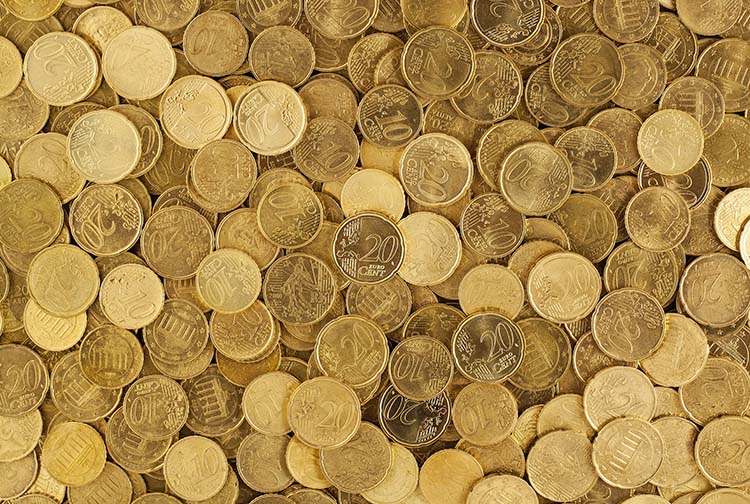

The extraterrestrial origin of gold
Gold is certainly not from this planet. Scientists agree that it was brought to Earth by a meteor shower. Its origin may lie in the explosion of a supernova or the collision of two neutron stars.
Gold as we know it is too precious a mineral to have an ordinary origin. In fact, it comes from something as bright as stars and arrived on Earth about four billion years ago, long after the formation of our planet’s core.
In its early days, some 4.5 billion years ago, the Earth was basically a ball of magma. During the cooling process, the denser materials sank towards the centre. As a result, they were drawn into the core, which is composed mainly of iron, most of the heavier metals.
This is why the large amount of gold and other precious metals in the Earth’s mantle today is not understood. Several scientific investigations have concluded that the presence of this gold can only be explained by the impact of meteorites loaded with gold and other precious metals.
One study, published in the journal ‘Nature’, estimates that the meteorite storm may have brought some 20 trillion tonnes of material to Earth. And another study, published in the journal ‘Science’, considers that our planet would not have been the only recipient of these minerals, as they would also have reached Mars and the Moon in a similar way.
Where did the gold come from?
Scientists believe that gold, like most elements heavier than iron, is produced by both supernova nucleosynthesis and the collision of neutron stars. But it is not known which of these two processes originated the gold that we can currently extract from the Earth’s mantle.
Nuclear fusion processes are constantly taking place inside stars. The most abundant and simplest element is hydrogen, whose atoms contain one electron and one neutron. When two of these atoms fuse together under pressure and gravity, a helium atom is produced. In turn, the fusion of helium produces lithium. And the fusion processes continue until iron is produced, which begins to form when there is no more fuel left in the star to fuse.
Supernovae are massive stars that can no longer develop thermonuclear reactions in their core. The pressure causes them to suddenly contract and collapse. It is in this process that many scientists think that heavy materials such as gold are formed, although some astrophysicists doubt that the neutron flux inside the supernova is sufficient to form the necessary amount of heavy elements.
The other possible origi for our gold would be a collision of neutron stars, which form after the collapse of supernovae. Very recently, on 17 August 2017, one such cataclysmic event was detected. It is estimated that two neutron stars of only about ten kilometres in diameter collided, containing as much matter as the Sun.
Scientists believe that such an event could have generated as much gold as the mass of the Earth. This requires iron to be in a very neutron-rich environment in order to capture neutrons very quickly. As some of these neutrons undergo rapid radioactive decay and are converted into protons, iron, which has 26 protons and 30 neutrons, can be transformed into gold, which has 79 protons and 118 neutrons.
Gold precipitation
According to the main theories, the great meteorite shower with the precious metals caused an upheaval of the Earth’s mantle, which eventually led to the appearance of the deposits of these minerals. The asteroids would have been introduced into the Earth’s mantle by massive convection processes.
Gold is mainly found in areas with seismic or volcanic activity, which brings the gold to the surface. During earthquakes, variations in pressure along the fault can cause water in the rock to evaporate rapidly. And substances that dissolve in the water, such as gold and silicates, later precipitate on the surface. In the case of volcanoes, many minerals found in deeper layers of the earth’s mantle are ejected during eruptions, and one of them is gold.
Although gold can be found all over the world, the geographical distribution is very uneven. The United States, Canada, Australia, China, Russia and South Africa are the countries with the highest concentration of this precious metal.
The first chapter of the series The Golden Thread, which deals with the importance that gold has in different areas of our lives, focuses on the fundamental role that this precious metal has played in the exploration of space.
If you want to discover the best option to protect your savings, enter Preciosos 11Onze. We will help you buy at the best price the safe-haven asset par excellence: physical gold.
Leave a Reply
You must be logged in to post a comment.





Ostres, Bona lliçó d’història!!
👍
Gràcies!
Seccions i articles de tota mena, per a tots els gustos i capacitats, el substrat de la Comunitat que creix al voltant de la primera Fincom de Catalunya.
Gràcies.